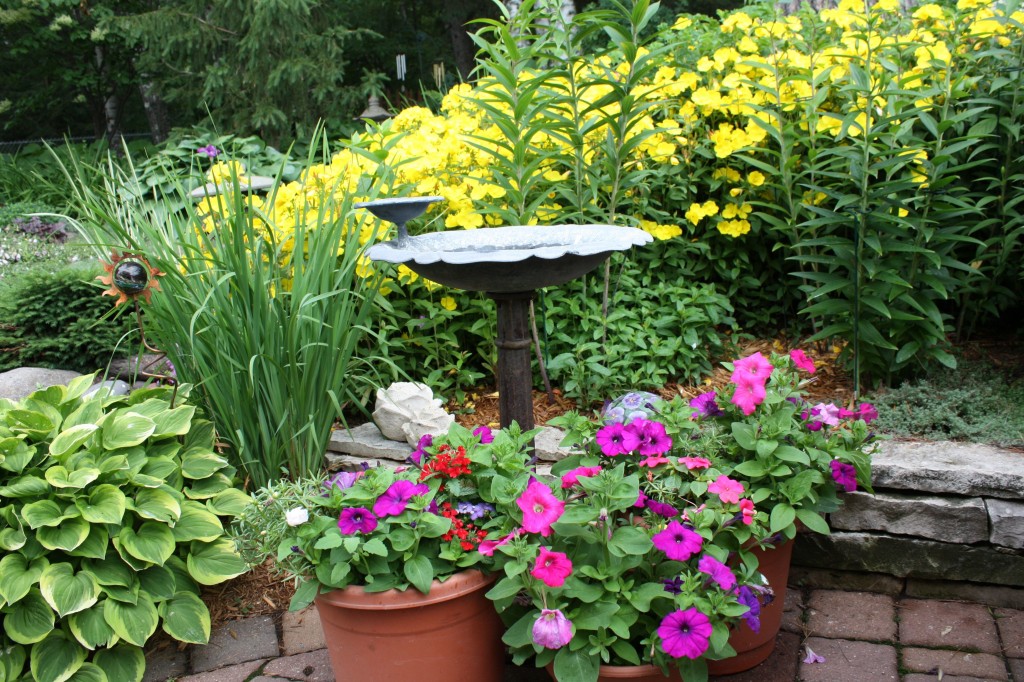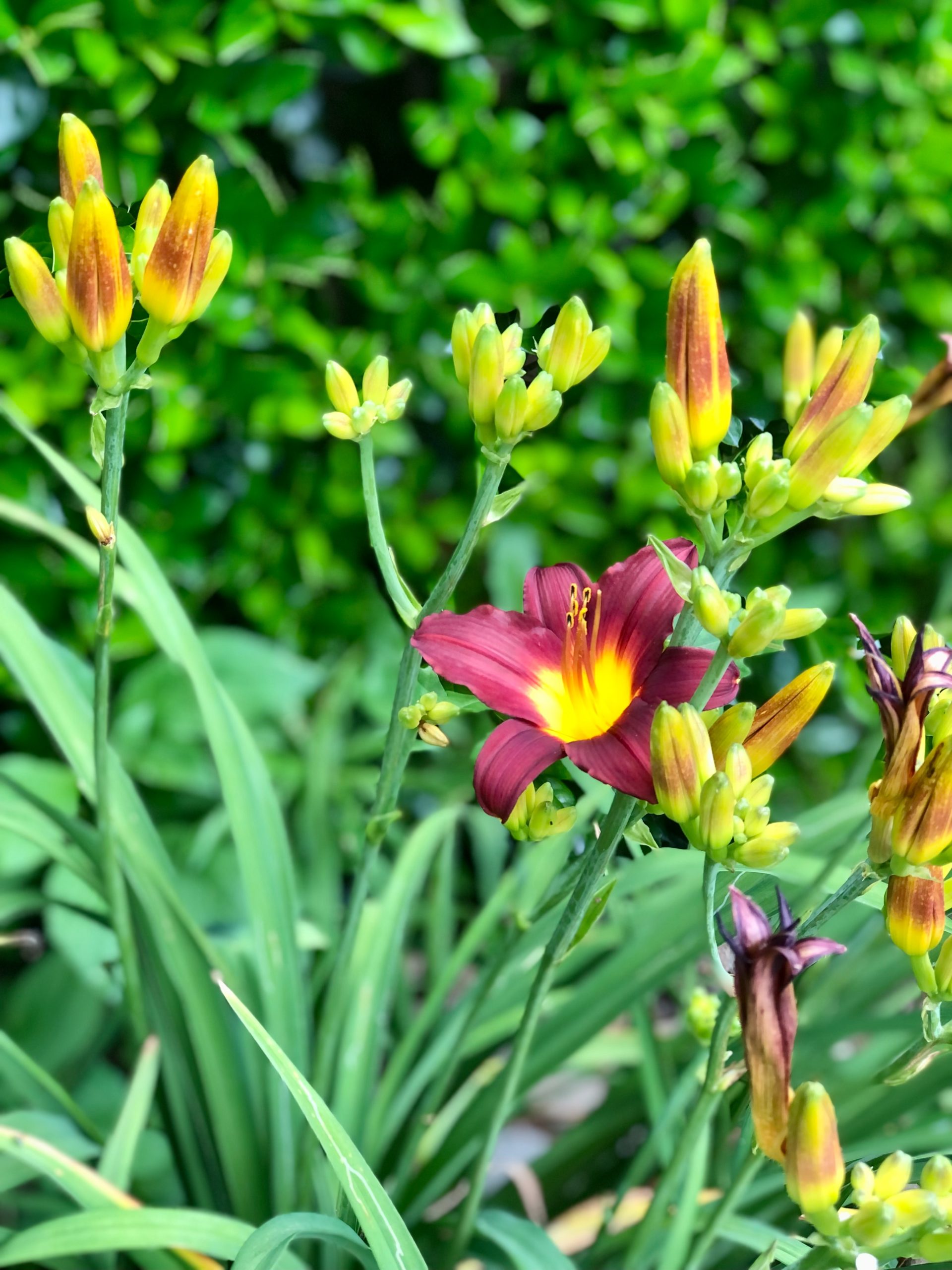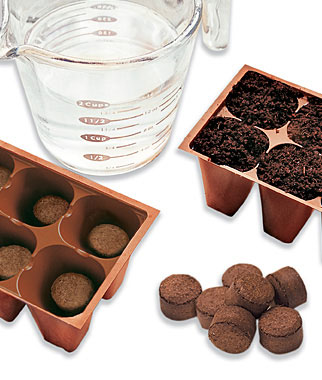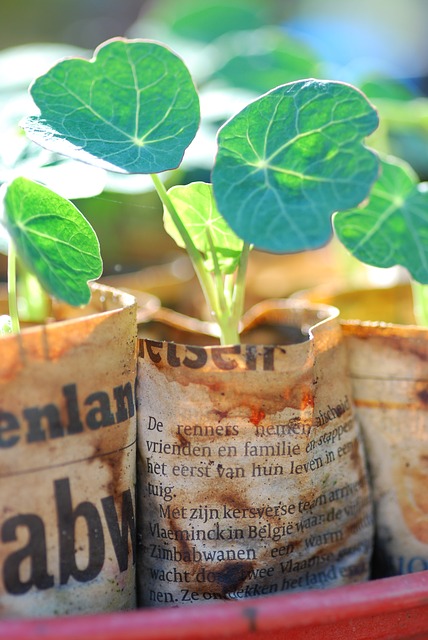It’s Time for Deadheading Flowers
You’ve probably heard gardeners talking about deadheading flowers. But, what exactly is it – and why do we need to do it?
To start at the beginning, we need to understand the sole purpose of a plant. Like most things in nature, their entire existence is created with an intent to reproduce. In a plant’s life, that means creating seeds, which are contained in the blooms of a flower.
We love plants for the beauty and fragrance they supply us. They bloom in many different textures and colors. They entice birds and butterflies to our yards. And, they supply seeds.
When we trim wilted blooms from a plant, we eliminate its ability to finish the process of producing seeds. So, it goes to work even harder to create more blooms. The more we trim, the more the plant produces. And of course it also looks better without the dead blooms.
Deadheading flowers can be done on both annuals and perennials, encouraging them to continue to bloom. You can do it by pinching off individual flowers, or can freshen up a plant mid-summer by deadheading more aggressively and trimming the entire plant back by about one-third.
If you have multiple plants in your garden, trim half of them back so you still have some blooming color to enjoy. Then about two weeks later, trim the other half back. This way you will enjoy continuous color in your garden.
For more information on deadheading and caring for your plants check out these books at Amazon.com.
The Ever-Blooming Flower Garden: A Blueprint for Continuous Color
Pruning for Flowers and Fruit (CSIRO Publishing Gardening Guides)










